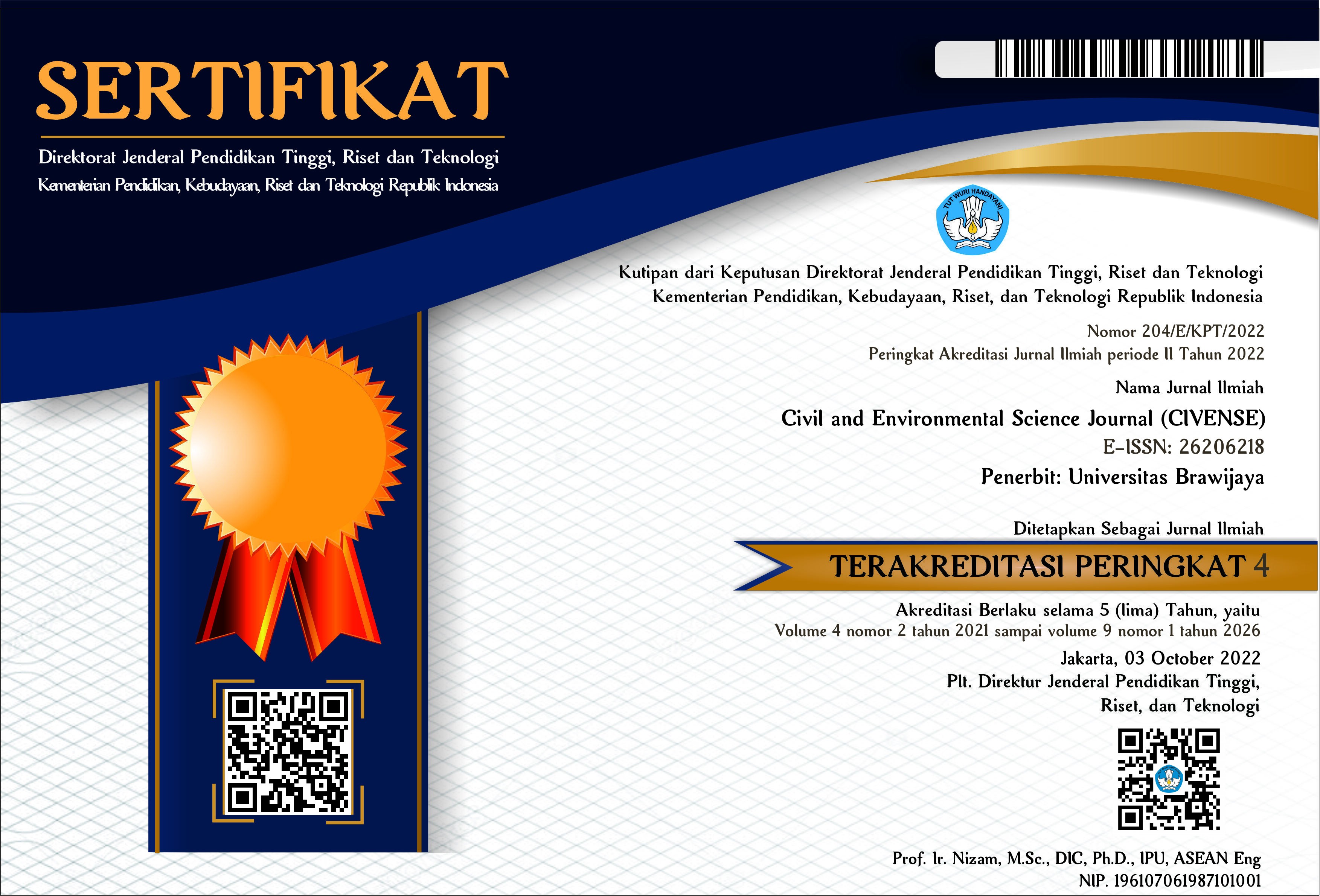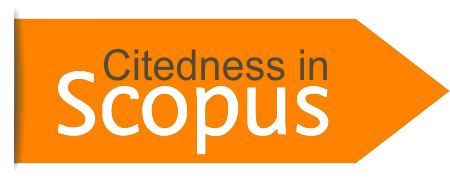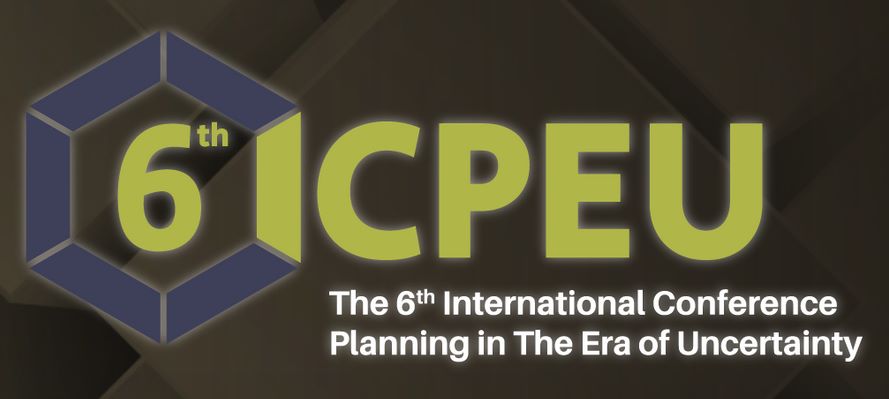Bali Cattle Cultivation and Eco-Tourism in Ayunan Village Abiansemal District, Badung
DOI:
https://doi.org/10.21776/ub.civense.2021.00402.10Keywords:
Bali Cattle, Ecotourism, Organic Fertilizer, Partner GroupAbstract
Ayunan Village, is located in Abiansemal sub-district, Badung regency, Bali. Bali cattle are germplasm that must be preserved, for that we are collaborating with the Bali Karang Ayu and Karya laksana cattle groups in Ayunan village. The maintenance of Bali cattle in partners is very constrained by capital, feed and management of Balinese cattle maintenance is not carried out professionally because it is managed in a family, traditional way and is not a main source of livelihood. Bali cattle maintenance is only a sideline to fill spare time on the sidelines of farming time. The management of cow dung and manure has not been managed properly, which should still be managed into organic fertilizer, sold to farmers so that it can increase the income of farmers, so the solution we offer is to provide assistance and consultation as well as demonstration plots regarding good and correct management of Balinese cattle rearing. to increase Bali cattle production. The results of this community service activity can increase production, productivity as well as produce organic fertilizer from cow dung that can be sold so as to increase the income of Balinese cattle farmers in the two Bali cattle groups that we partner with.References
Monografi Dan Data Kependudukan Desa Ayunan Kecamatan Abiansemal, Badung 2019
Astiti, Nmagr; Rukmini, Ni Ketut Sri Dan Ni Ketut Mardewi. 2018. Teknik Budidaya Sapi Bali Di Desa Selat Badung. Laporan Pkm Institusi Universitas Warmadewa Denpasar
Profil Kemlompok Tani Ternak Karang Ayu. 2018. Desa Ayunan. Kecamatan Abian Semal Kabupaten Badung.
Astiti, Ni Made Ayu Gemuh Rasa Astiti. 2018. Pengantar Ilmu Peternakan. Warmadewa University Press. Denpasar.
Astiti, Ni Made Ayu Gemuh Rasa. 2018. Sapi Bali Dan Pemasarannya. Warmadewa University Press Denpasar.
Annonimous. 2008.Teknologi, Alat Dan Mesin Peternakan. Modul Diklat Teknis Substantif Peternakan Tingkat Dasar. Teknologi Peternakan Dan Alsin.Dinas Peternakan Propinsi Jawa Barat.
Astiti, Nmagr, Putri Risa Andriani Dan Nks Rukmini. 2020. Ateknik Pemasaran Sapi Bali Di Kelompok Ternak Sari Sedana. Laporan Pkm Institusi Universitas Wamadewa, Denpasar.
Astiti, Nmagr, Nks Rukmini Dan Putri Risa Andriani. 2019. Utilization Of Fermented Rice Strow For Bali Cowfeed In The Sari Lestari. Prociding Of 2nd Warmadewa Research And Development Seminar. Wards Page 126-130.
Astiti, N. M. A. G. R. (2018). Sapi Bali Dan Pemasarannya. Jayapangus Press Books, I-106.
Darmawi, D. (2011). Pendapatan Usaha Pemeliharaan Sapi Bali Di Kabupaten Muaro Jambi. Jurnal Ilmiah Ilmu-Ilmu Peternakan, 14-22.
Sampurna, I. P., & Suatha, I. K. (2010). Pertumbuhan Alometri Dimensi Panjang Dan Lingkar Tubuh Sapi Bali Jantan. Jurnal Veteriner, 11(1), 46-51.
Widagdyo, K. G. (2017). Pemasaran, Daya Tarik Ekowisata, Dan Minat Berkunjung Wisatawan. Esensi: Jurnal Bisnis Dan Manajemen, 7(2), 261-276.
Aryunda, H. (2011). Dampak Ekonomi Pengembangan Kawasan Ekowisata Kepulauan Seribu. Jurnal Perencanaan Wilayah Dan Kota, 22(1), 1-16.
Oktavianie, D. A. (2018). Breeding Engineering, Producing And Marketing Laboratory Mice (Mus Musculus) As Animal Research. Journal Of Innovation And Applied Technology, 4(2), 727-730.
Sardjadidjai, R., & Sitorus, S. R. P. (1995). Transmigration Program With Animal Ilushandry Model In Indonesia. Buletin Peternakan= Bulletin Of Animal Science (Special Edition), (1995).
Sidebang, A. A., Sembiring, I., Mirwandhono, E., & Tafsin, M. (2017). Marketing Efficiency Analysis Of Beef Cattle In Animal Market Suka Village Tigapanah Subdistrict Karo District. Jurnal Peternakan Integratif, 5(1).
Downloads
Published
How to Cite
Issue
Section
License
Copyright (c) 2021 Ni Made Ayu Gemuh Rasa Astiti, I WAYAN WESNA ASTARA, I Gusti Agung Putu Eryani

This work is licensed under a Creative Commons Attribution-NonCommercial 4.0 International License.
Authors who publish with this journal agree to the following terms:
Authors retain copyright and grant the journal right of first publication with the work simultaneously licensed under a Attribution-NonCommercial 4.0 International License that allows others to share the work with an acknowledgement of the work's authorship and initial publication in this journal.
Authors are able to enter into separate, additional contractual arrangements for the non-exclusive distribution of the journal's published version of the work (e.g., post it to an institutional repository or publish it in a book), with an acknowledgement of its initial publication in this journal.
Authors are permitted and encouraged to post their work online (e.g., in institutional repositories or on their website) prior to and during the submission process, as it can lead to productive exchanges, as well as earlier and greater citation of published work (See the Effect of Open Access).














